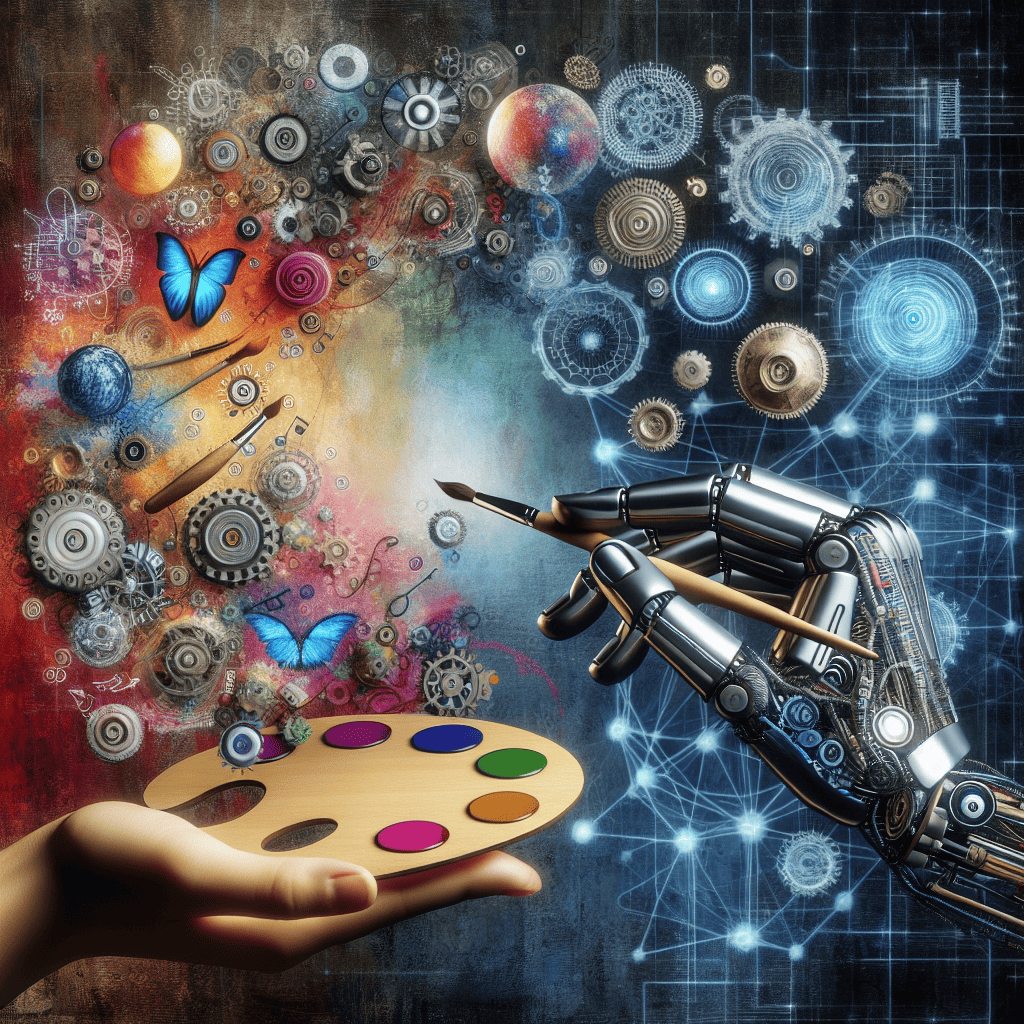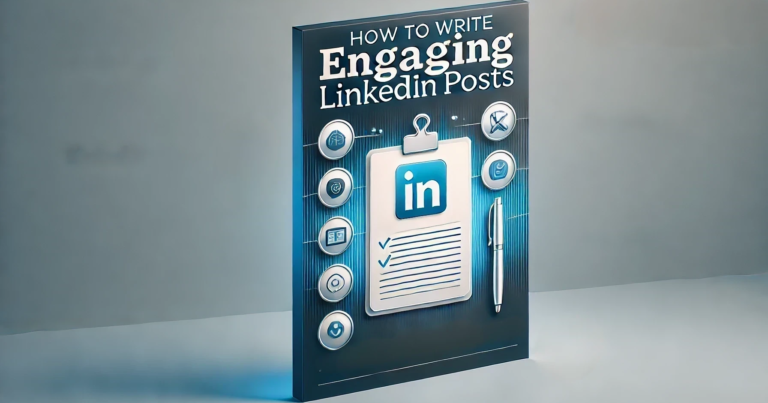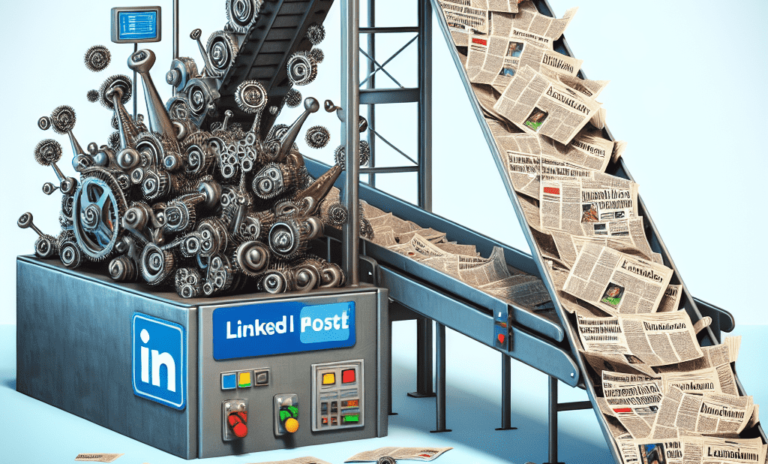
AI is undeniably shaking up the content world, generating articles, crunching data, and even suggesting creative ideas (like ChatGPT and DALL-E). But despite these advancements, human creativity in AI content generation remains the key to making content truly stand out. While AI can efficiently assemble the pieces, it’s the human touch that adds the magic and turns good content into something exceptional.
Let’s explore this balance with a few fun examples along the way:
1. Unique Perspectives: The Heart of Authenticity
Sure, AI can process mountains of information faster than you can say “algorithm,” but our personal experiences make content relatable and interesting.
Example: Let’s say AI is writing a blog post about traveling in Paris. It might mention the Eiffel Tower and Louvre Museum, but it’ll miss the part about that time you got lost in a tiny café trying to order a croissant with your high school French.
The humor and humanity of that story? That’s what people connect with—and that’s where we humans come in.
2. Emotional Connection: Crafting Stories That Move
AI can structure a decent story, but it can’t tug at your heartstrings. It doesn’t know how to weave an emotional tale that makes you cry, laugh, or shout, “Wow, that’s so me!”
Example:
Imagine AI writing a motivational post:
“You can succeed with determination and effort.”
Sounds okay, right?
But when a human adds,
“I remember failing my driving test three times. My instructor knew me by name. But hey, now I parallel park like a pro!”
Suddenly, the post feels real. It’s funny, relatable, and emotionally engaging.
AI can’t tell those stories.
3. Critical Thinking: Navigating the Gray Areas
AI can suggest trending topics, but it’s humans who know how to filter out the noise and focus on what matters.
We’re the ones who can look at an AI-suggested topic like “The Rise of Underwater Basket Weaving” and think, Okay, cool, but maybe our audience wants something more… relevant.
Example:
AI might tell you that the best-performing keywords are “cats in hats” or “cheese platters,” but it’s our critical thinking that steps in to say,
“Hey, unless we’re running a blog for feline fashionistas or charcuterie enthusiasts, we might need to rethink that.”
4. Ethical Considerations: Balancing Innovation with Responsibility
AI can be great at spitting out ideas fast, but it doesn’t have a moral compass.
That’s where humans come in, making sure the content we create isn’t just creative but also responsible.
Example:
AI might write a perfect headline like “The Secret to Getting Rich Quick!”—which sounds awesome until we remember we don’t want to sound like a shady infomercial. Human creativity says, “Let’s be ethical and realistic,” and changes it to something more thoughtful, like, “Smart Strategies for Long-Term Financial Success.”
5. Collaboration: Where Efficiency Meets Ingenuity
Here’s where the magic happens: when AI handles the grunt work, like optimizing for SEO or summarizing data, we can focus on the fun stuff—being creative and telling compelling stories.
Example:
Think of AI as your super-organized friend who handles all the boring trip logistics.
They book the flights, find the hotels, and organize the itinerary.
Meanwhile, you’re free to figure out how to sneak into that secret rooftop party, sample all the street food, and add a personal touch to the adventure.
Together, you make the perfect travel team—and that’s exactly how AI and human creativity should work together in content creation.
The Future of Content: Humans + AI = Pure Magic
At the end of the day, AI is a great tool, but it’s no substitute for human creativity.
The best content will always be a combination of the two—AI providing efficiency and humans adding heart, humor, and authenticity.



